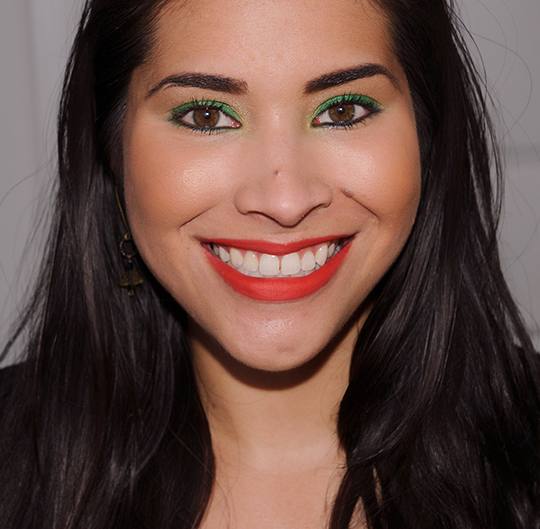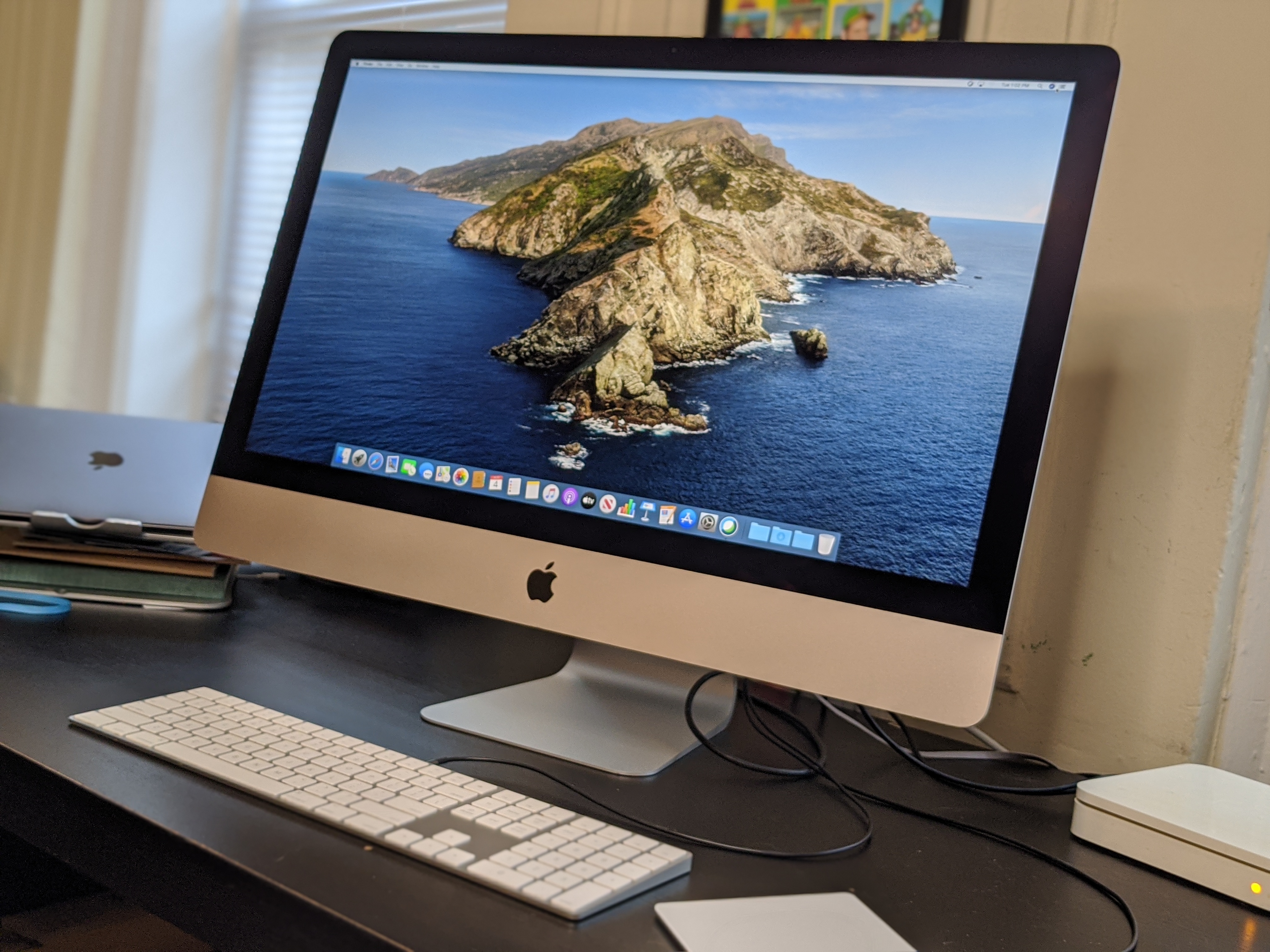
Make a mistake? Just double-click any of the sliders to return to the default value. If you were more advanced, though, you could also adjust each of those sliders individually. If nothing else, you could use this feature to better educate yourself on how exposure and highlights play off each other. If all you wanted to do was adjust the master "light" slider, you'd still see the values for all six subcategories change dynamically. Using a drop-down arrow, though, you can see additional sliders for all the factors that go into that final calculation (with light, for instance, you actually get control over exposure, highlights, shadows, brightness, contrast and black point).

At first glance, all you'll see are sliders controlling light, color and black-and-white. As for the cropping tool, there's also a straightening wheel - a handy feature if your shot of the horizon wasn't perfectly level.ĭig into the "adjustments" menu (the fourth icon from the bottom on the main edit screen), and you'll find some more advanced options. The filters here are more extensive and nuanced than in the last generation of the software, with options that include "Instant" (a faded-out 1970s vibe) and "Noir" (one of several black-and-white options). Speaking of filters, this isn't technically the first time Apple's photo editor has had something like this, but let's just say this is the first time Apple has gone all Instagram on us. At first glance, all you can see are the one-click tools - things like auto-enhance, rotate, crop and filters. Not robust enough to take on Photoshop, mind you, but a clear improvement over iPhoto. The editing tools are better this time around too. I should add, too, that if you're upgrading from iPhoto, all of your old "Events" folders will be preserved, so you don't have to sort them all over again. Finally, you can view photos by location, using Apple's own Maps app, of course. Let go of your cursor and the image opens in its own window. Simply hold down the mouse, scrub it over a photo and watch it enlarge, just big enough for you to see what the picture is. The effect makes for a gorgeous mosaic of tiny thumbnails - all of them easily viewable by rolling over images with the cursor. If you do a pinch gesture on your trackpad, though, you'll switch into a more chronological view, where you see your photos arranged not necessarily by event, but by the week, month or even year, depending on how far you zoom out. By default, your pics are grouped by occasion ("Moments"), similar to the "Events" layout in the old iPhoto app. When it comes to organizing photos, you have a few options.

Not a surprise, really: OS X Yosemite generally feels like it was inspired by iOS.
#Photos for the mac review for mac
Indeed, Photos for Mac looks a heckuva lot like Photos for iOS 8.


Like other Yosemite apps, too, Photos borrows icons from iOS 8, right down to the "Share" button in the upper-right corner. The photos themselves have sort of an edge-to-edge effect, extending all the way to the bottom of the window, with no border or white space around them. That means a flat, two-dimensional design, and a thin, translucent menu bar that does its best to stay out of the way. I won't waste many words describing the look and feel of the new Photos app: Anyone who's played with the latest version of OS X should know what to expect here.


 0 kommentar(er)
0 kommentar(er)
